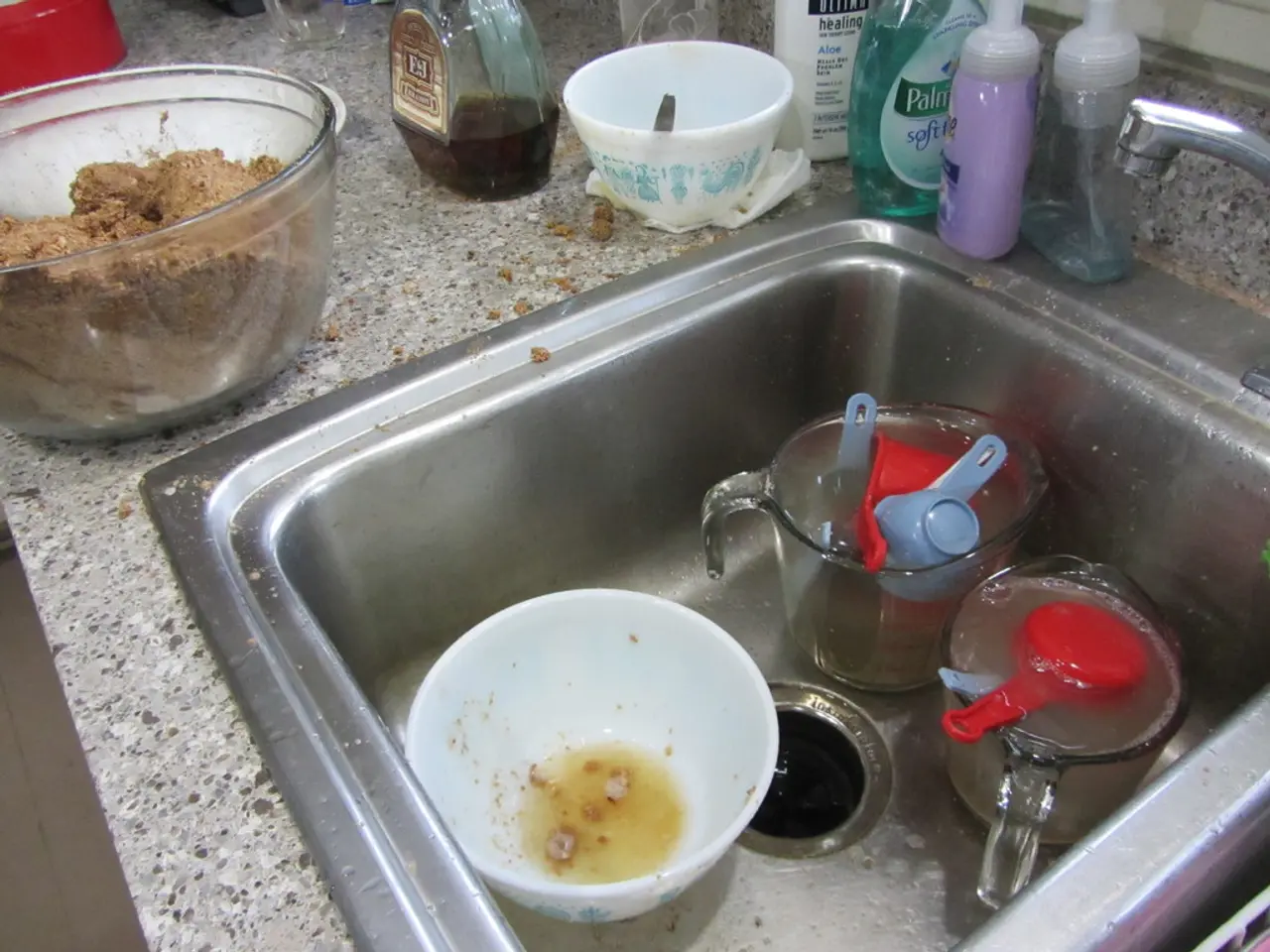Hypopigmentation Exploration: Causes, Classifications, and Remedies
Hypopigmentation, a condition characterised by lighter patches on the skin, is caused by a loss or reduction of pigment, resulting in areas that are paler than the surrounding skin. This phenomenon is due to disruptions in melanin production or the destruction of melanocytes, the pigment-producing cells.
### Types of Hypopigmentation
1. **Vitiligo** - An autoimmune disorder, vitiligo occurs when the immune system attacks melanocytes, leading to well-defined white patches on the skin [2][5]. The exact cause of this condition is not fully understood but involves genetic susceptibility and environmental triggers such as sunburn, emotional distress, or chemical exposure.
2. **Albinism** - A genetic condition, albinism results in little or no production of melanin throughout the body, leading to very light skin, hair, and eyes.
3. **Post-inflammatory Hypopigmentation** - This type of hypopigmentation occurs after skin injury or inflammation, such as burns, infections, or eczema, which disrupt melanocyte function temporarily or permanently.
4. **Idiopathic Guttate Hypomelanosis** - Small, white spots that usually appear on sun-exposed areas, especially in older adults, are likely related to aging and melanocyte decline.
5. **Tinea Versicolor** - Caused by a fungal infection, tinea versicolor leads to hypopigmented or hyperpigmented patches due to disruptions in melanin synthesis.
### Causes of Hypopigmentation
- **Destruction or loss of melanocytes:** Seen in autoimmune conditions like vitiligo, where the immune system attacks melanocytes. - **Genetic mutations:** Affect melanin production pathways, as seen in albinism caused by mutations interfering with melanin synthesis enzymes. - **Skin trauma or inflammation:** Injuries, burns, infections, or skin disorders can impair melanocyte function temporarily or permanently, leading to lighter skin patches. - **Aging:** Decrease in melanocyte number and function with age contributes to hypopigmented spots. - **Environmental factors:** UV damage and certain chemicals or medications can also disrupt pigmentation processes.
### Treatment and Management
- For pityriasis versicolor, a doctor may scrape off skin cells for testing in a laboratory to detect a fungal infection, and antifungal treatments can help manage the condition. - Low-dose steroid creams may help inflammation and speed up repigmentation in pityriasis alba. - Counseling can be helpful for people with hypopigmentation who experience low self-esteem. - Wood's lamp can help distinguish vitiligo from other conditions.
In conclusion, hypopigmentation results from various causes, including autoimmune destruction, genetic defects, trauma, infections, and aging. Understanding the types and causes of hypopigmentation can help individuals seek appropriate treatment and manage their condition effectively.
- Vitiligo, an autoimmune disorder, is characterized by well-defined white patches on the skin due to the immune system attacking melanocytes, leading to a reduction in pigment production.
- Science and medical research are working to uncover the exact causes of vitiligo, including genetic susceptibility and environmental triggers such as sunburn and chemical exposure.
- Advertisements for health and wellness products often claim to offer effective skin care solutions for individuals living with vitiligo, promising to improve the appearance of affected areas and promote overall skin health.




